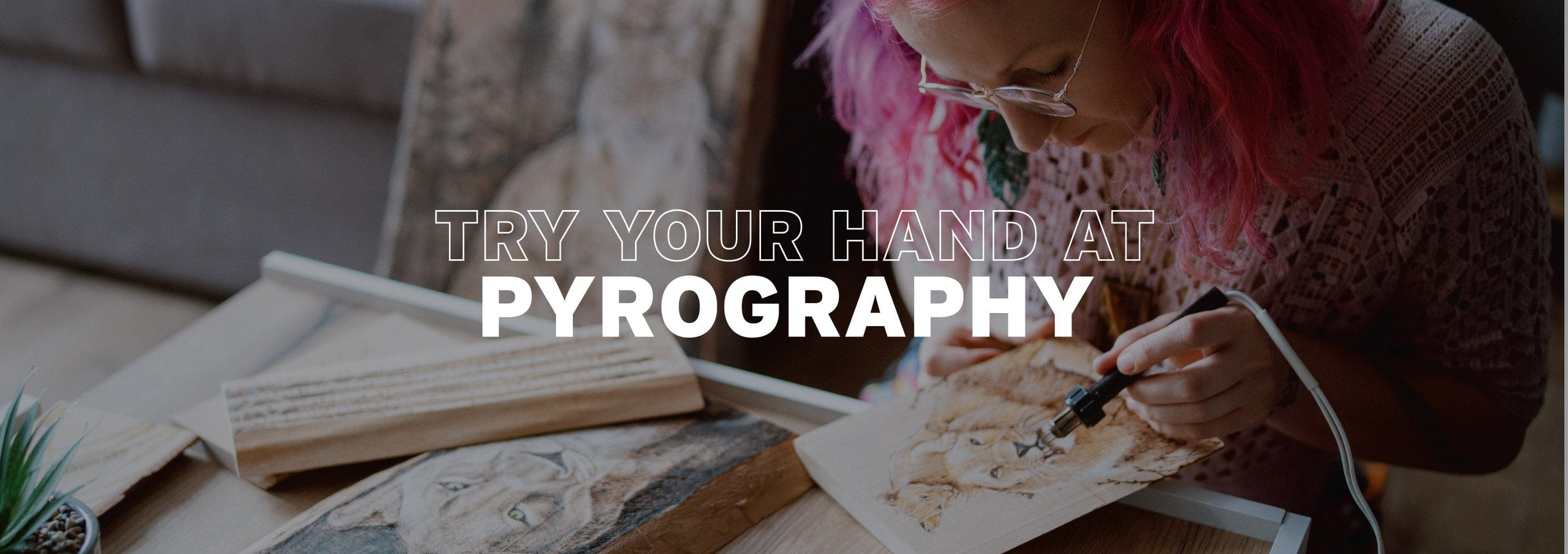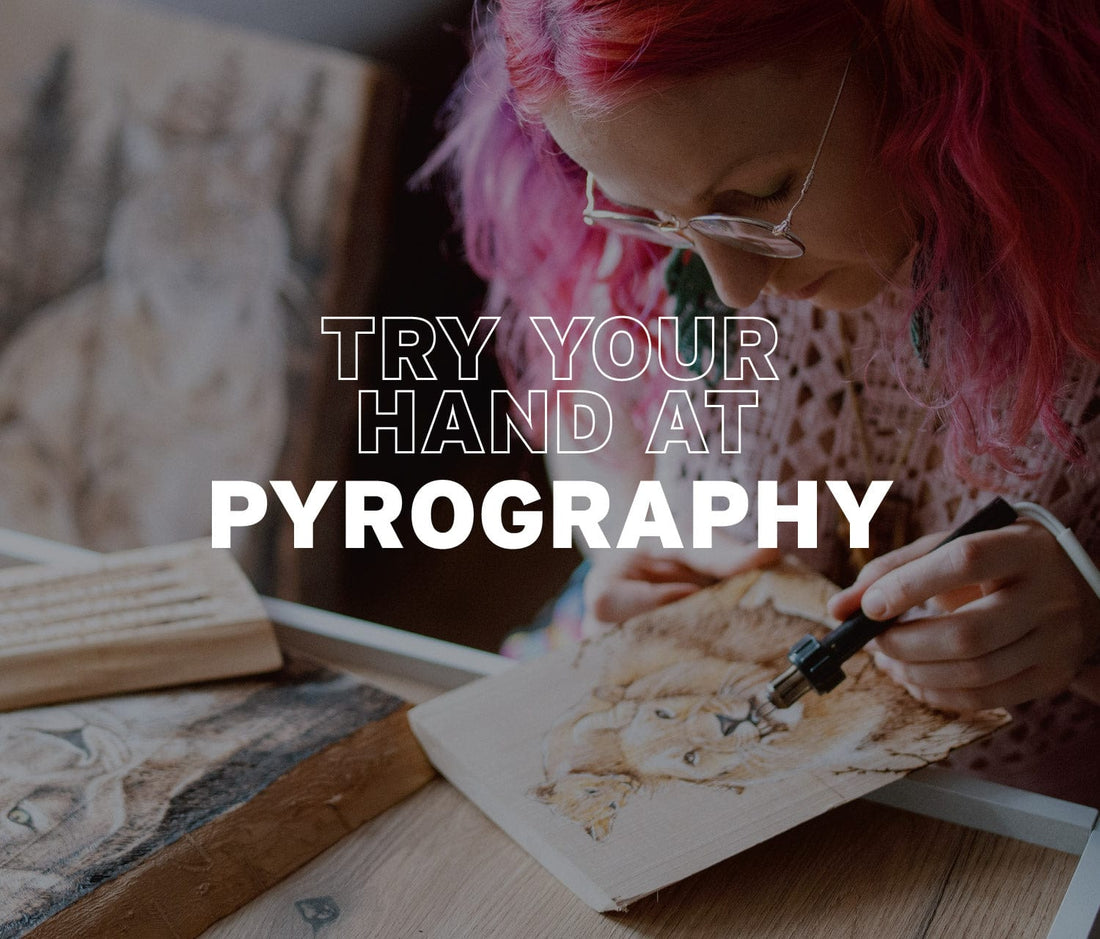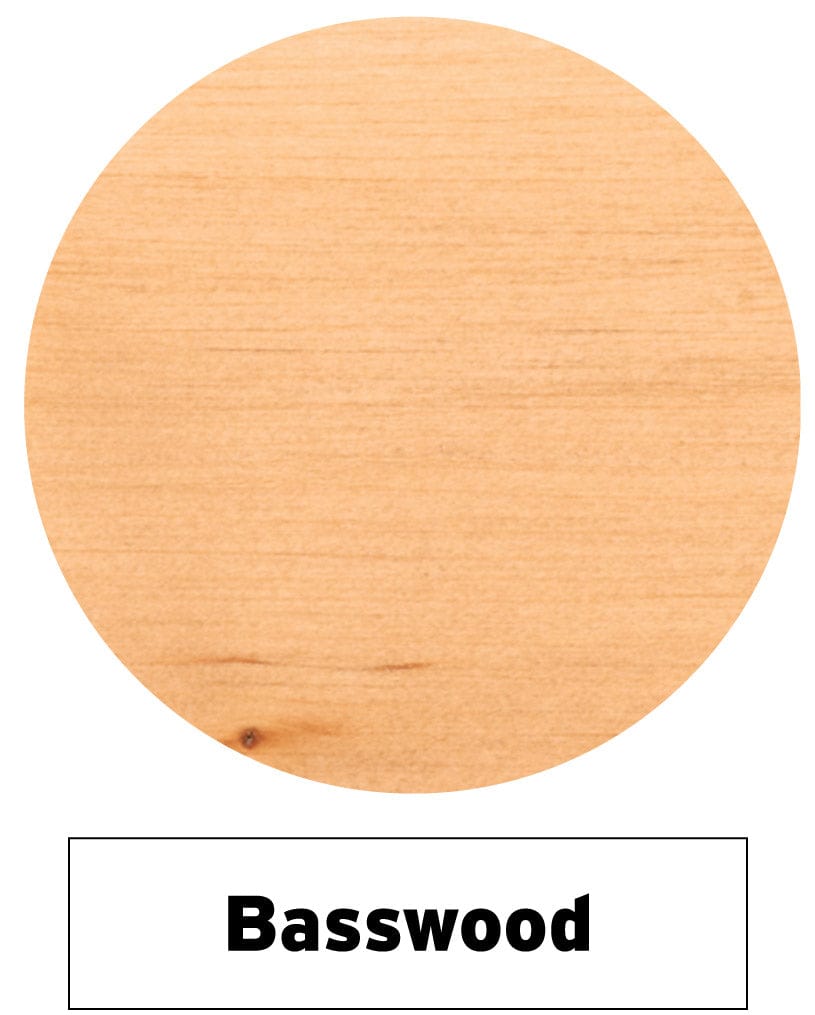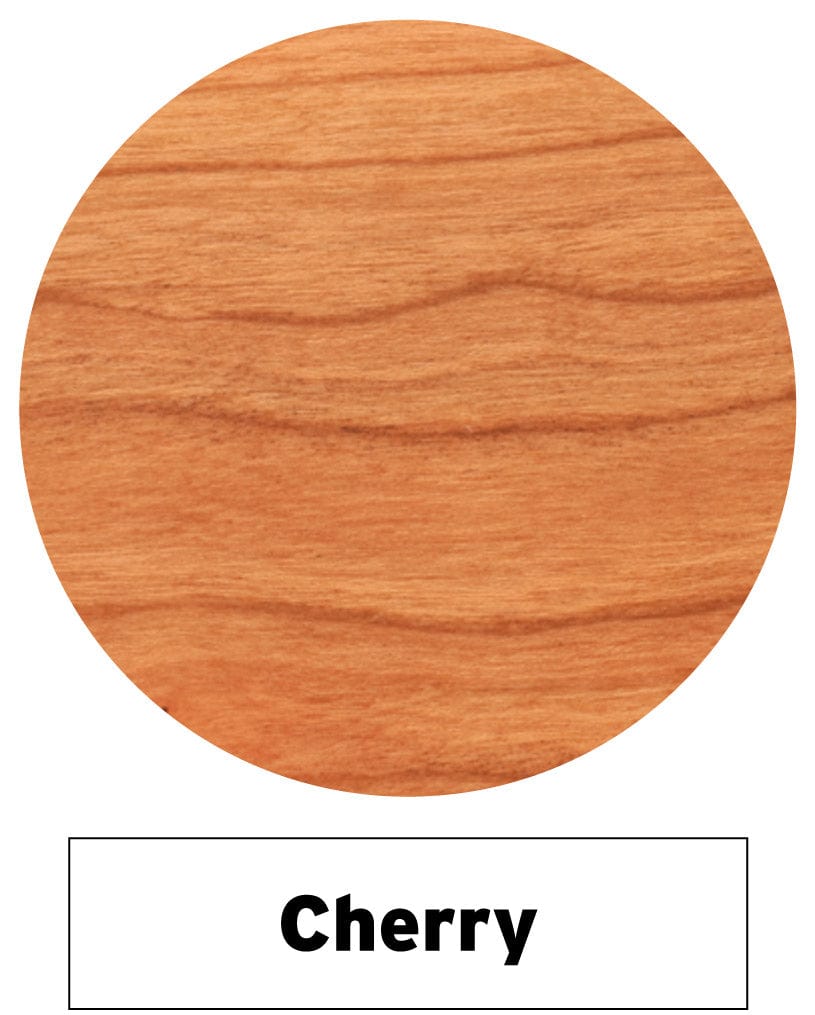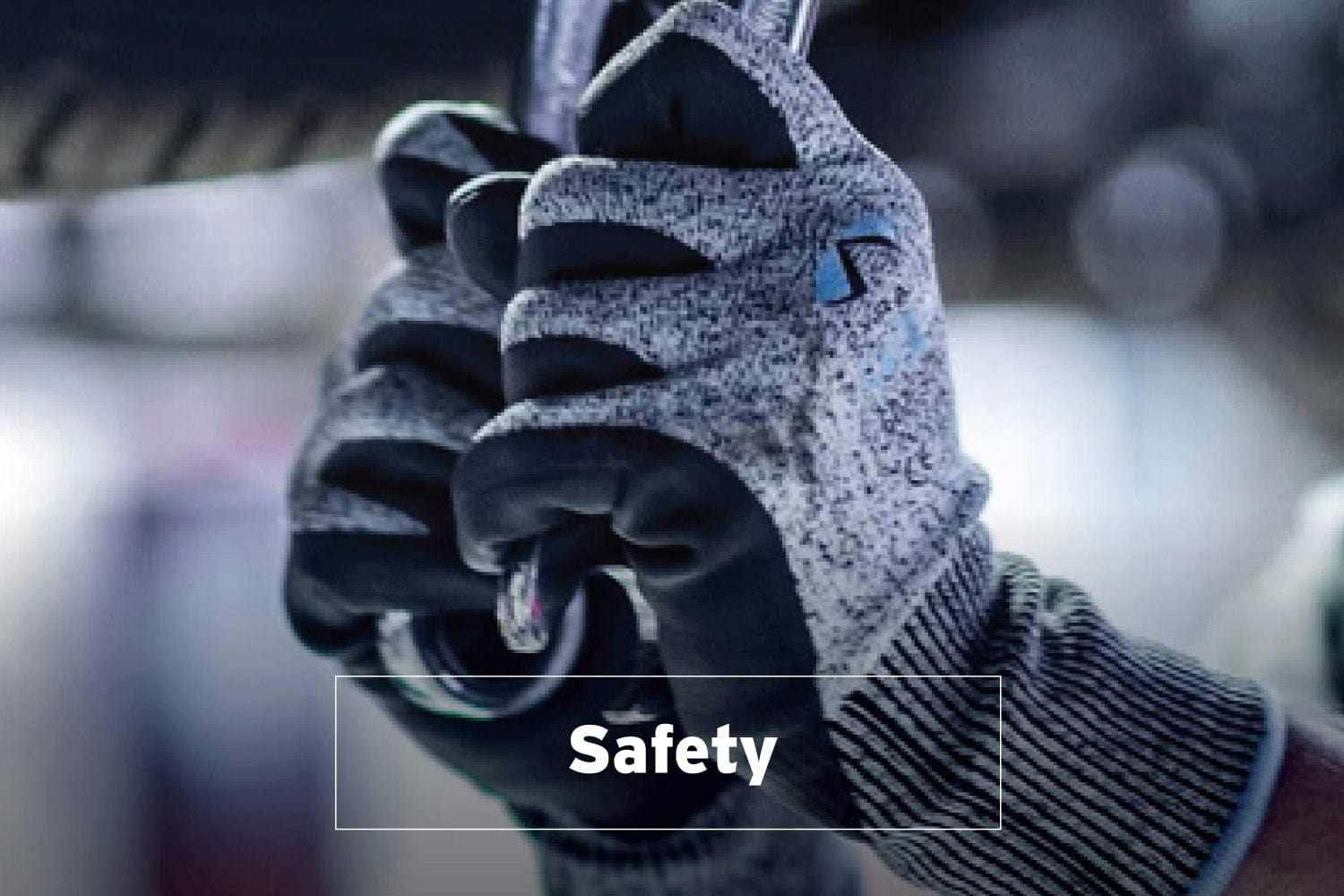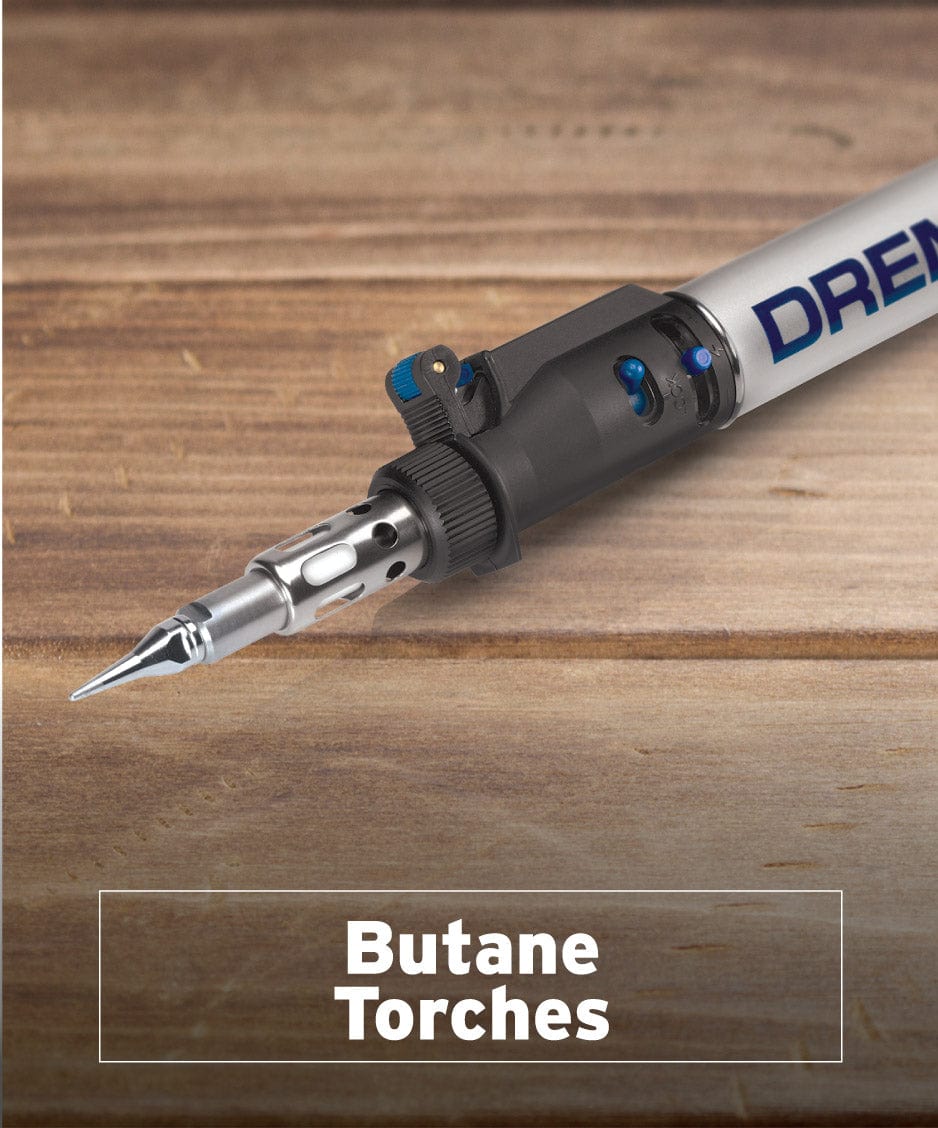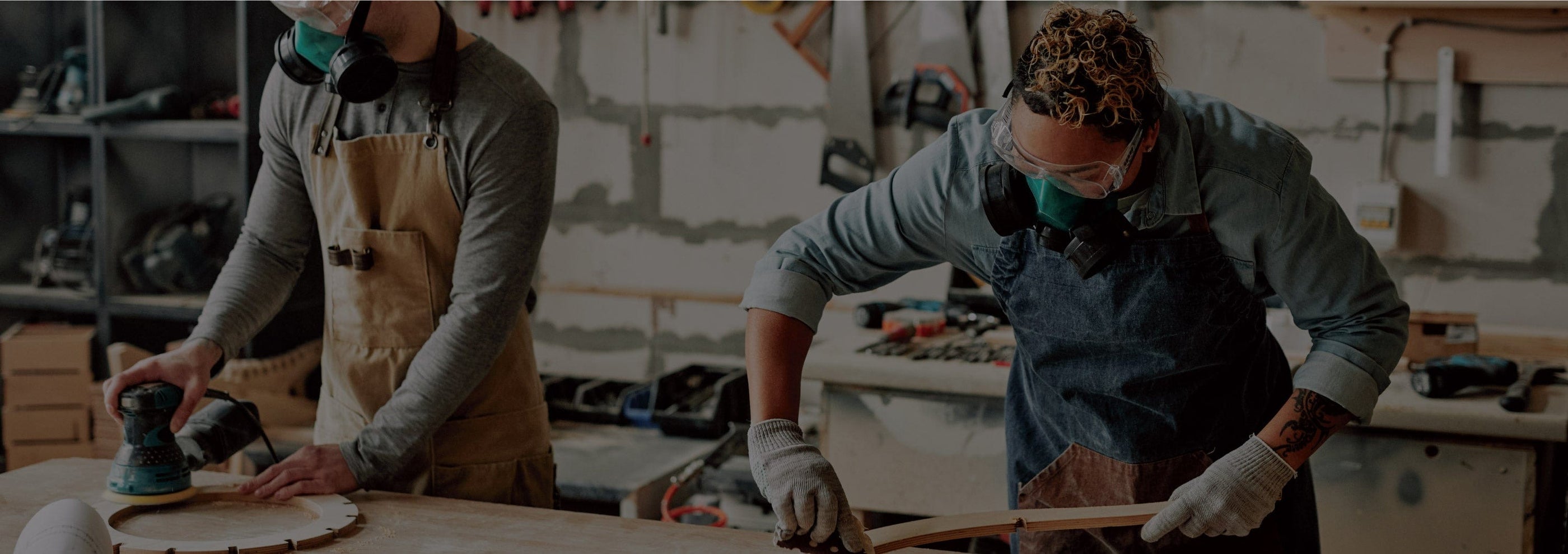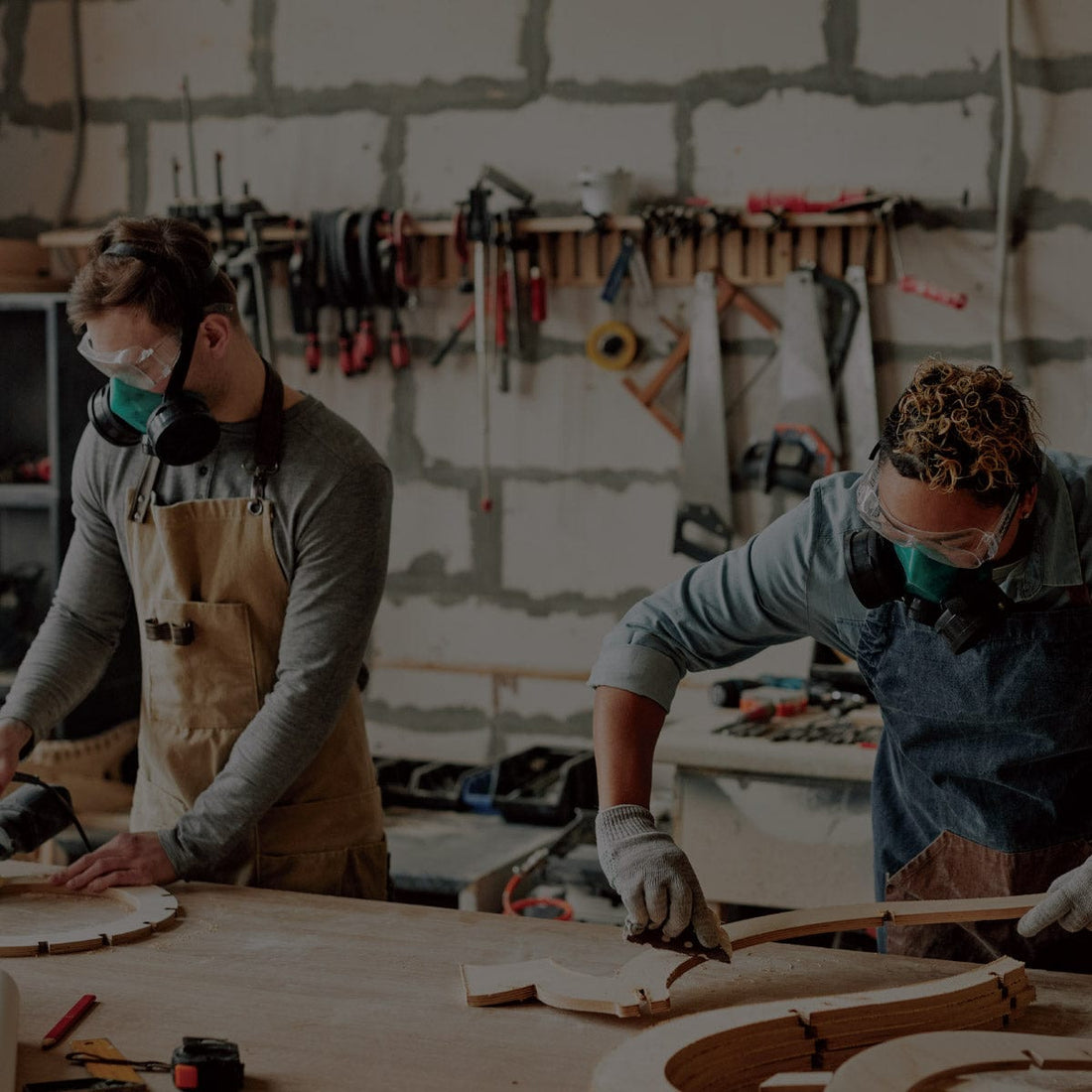Favored for pyrography due to its softness, even grain, low resin content, light color, smooth surface, availability, affordability, and forgiving nature. These qualities make it easy to burn, produce clean lines, minimize fumes, and achieve intricate details in pyrography artwork.
What Is Pyrography?
Pyrography is the art of burning wood to create designs, lettering, and other images. The art of pyrography has been around for thousands of years. The word pyrography has roots in the Greek and Latin words of pyro (fire) and graphy (writing/drawing). Recent advances in technology have made it easier than ever for woodworkers, artists and hobbyists alike to create decorative plaques, signs, portraits, and more. Wood is the most popular medium for pyrography however, a variety of additional mediums may be used including gourds, leather, cork, canvas, tagua nuts, bone and paper. The craft requires relatively few tools that can be purchased separately, or in affordable kits. In this fast-paced world, it is satisfying and enlightening to watch a piece of art slowly blossom before you.
Preferred Wood Species
A popular choice for pyrography due to its softness, light color, straight grain, and availability. It burns easily, allows for precise detailing, and produces minimal smoke or odor. Affordable and forgiving, poplar is suitable for both beginners and experienced pyrography artists.
PYGROGRAPHY SAFETY
For additional safety information, read the article Woodcraft Encourages ‘Safety First’ in Project Planning.
Pyrography (Woodburning) is a safe hobby, but there are some things you can do to make it safer for you and those around you. Follow these guidelines to protect yourself and reduce the risk of fire.
For Personal Safety
- Burn in a well-ventilated area.
- Give yourself plenty of room to work.
- Do not burn near water or liquids.
- Work on a clean, sturdy, hard surface.
- Work on an incline to allow heat to rise up and away from your hand.
- Tie back loose hanging anything - like hair, jewelry or headphones.
- Wear a heat-resistant glove or finger guards while burning to protect your fingers. A thinner leather glove is a good option as it provides a layer of protection without restricting the movement of your hand.
- Never change out points with your hand; instead, use a set of pliers and a ceramic dish for hot tips. This will allow you to safely switch, remove, and temporarily discard hot tips.
- Do not use a woodburning tool during an electrical or thunderstorm.
To Reduce the Risk of Fire
- Do not leave pyrography tools unattended.
- Turn your burner off anytime that you leave the work area.
- Secure the hot burner with a stand or holder.
- Secure the stand or holder to your work surface, ensuring it does not move around; tape it to the surface if necessary.
- Keep combustible materials at a safe distance from hot tools.
- Keep pets and children away from hot tools.
- Keep cords out from underfoot.
- Use common sense when handling hot tools.
- Follow all safety precautions set by the pyrography or woodburning tool manufacturer.
To Protect Your Eyes and Lungs
- Always wear a mask with a rating of P-95 or higher.
- Wear eye protection if you burn hot and sit close or lean into your work.
- Avoid smoke inhalation and eye irritation by working with your face tilted to the side of the woodburning project.
- Place a fan on your desk facing away from your work but close to it. The fan will pull the smoke and heat into the back of the fan, pushing it away from you.
- An activated carbon filter fan is an excellent option for maintaining a safe environment for your lungs.
- Only burn on dry, well-seasoned, non-toxic, non-treated wood (no stains or finishes).
- Check the toxicity of the wood you will be using before burning a new piece.
- When sanding is necessary, be sure to do so in a well-ventilated area.
- Teach kids safety around pyrography tools. Keep hot tools out of their reach.
Stop Work Immediately if Health Issues Arise
While this seems obvious, it is paramount you stop working immediately if any of the following health issues occur:
- Difficulty breathing
- A developing rash
- Coughing
- Burning throat
- Irritated eyes
- Lightheadedness
